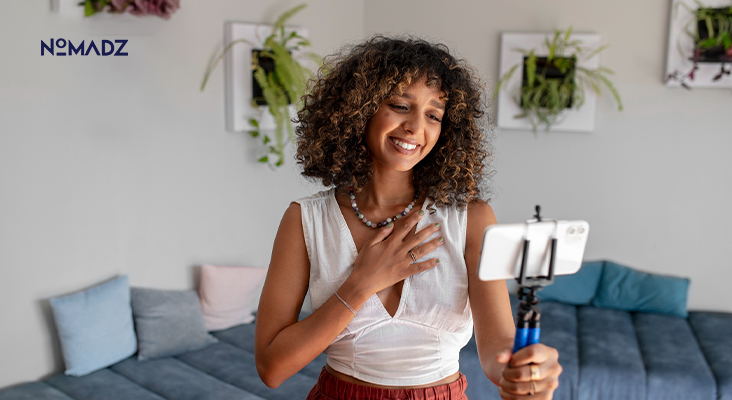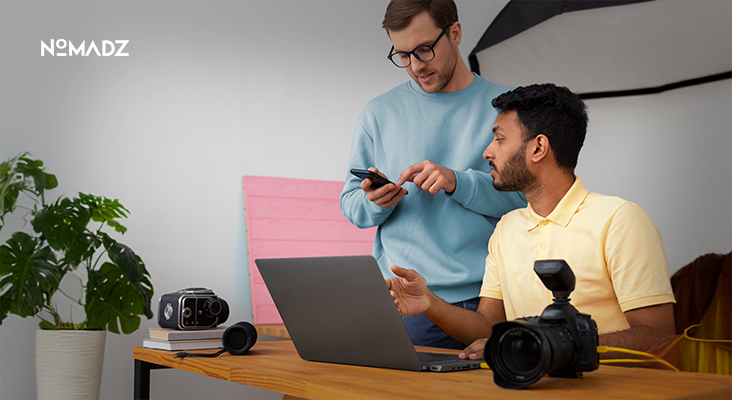Influencer Marketing Costs Are Rising… But So Are the Results
There was a time when a sponsored post meant a grainy Instagram pic of a detox tea next to a suspiciously well-lit window. Simpler times. But fast-forward to today, and influencer marketing is no longer just selfies and hashtags; it’s a full-blown industry backed by some seriously spicy numbers.
If you’ve ever wondered what exactly makes brands hand over five-figure checks to someone named @brunchwithbri, well, buckle up. We’re about to dig into the world of influencer marketing statistics with all the curiosity of someone who just found out their dog has more followers than they do.
So, Just How Influential Is Influencer Marketing?
Let’s start with the basics. The global influencer marketing industry is projected to hit over $24 billion by 2025. Yeah, billion with a B. And that’s not just brands throwing money around because someone looks cute in coastal cowgirl core. These campaigns work.
According to recent marketing statistics, businesses are earning an average of $5.20 for every $1 spent on influencer campaigns. The ROI is so good that even your accountant might start asking about engagement rates.
And while the internet can’t agree on pineapple on pizza, it’s definitely in sync on one thing: influencer marketing is here to stay.
What’s Trending, Besides That Dance on TikTok?
As far as influencer marketing trends go, we’re way past the era of one-size-fits-all mega influencers. Micro and nano influencers are stealing the spotlight, and the brand budgets. Why? Because people trust people. Especially people who aren’t shouting brand names every five seconds.
Authenticity is the real flex now. Brands are teaming up with influencers who feel more like friends and less like walking billboards. And it’s paying off.
Also, hello video content. Platforms like TikTok, YouTube Shorts, and Instagram Reels have turned 15-second clips into marketing gold. If you’re not leveraging short-form video content in your strategy, your influencer budget might just be yelling into the void.
Let’s Talk Money, Honey
Ah yes, influencer marketing costs, aka the part that makes most startups pause dramatically. Influencer pricing is the wild west. Rates vary depending on follower count, engagement rate, platform, and whether or not there’s a dog wearing sunglasses involved.
To give you a ballpark:
- A micro influencer (10k–50k followers) may charge $100–$500 per post
- Mid-tier (50k–500k followers) can hit anywhere from $500–$5,000
- Top-tier influencers and celebrities? Let’s just say if you have to ask, you can’t afford it.
- And yet, brands are still lining up. Why? Because they’re reading the same influencer marketing report we are, and the data speaks for itself.
Insights That’ll Make You Go “Huh.”
Time for some cold, hard influencer marketing insights:
- 89% of marketers say ROI from influencer marketing is comparable to or better than other channels.
- Instagram is still the top platform for influencer campaigns, but TikTok is catching up fast (especially with Gen Z).
- Long-term partnerships outperform one-off posts, both in engagement and trust.
- So, if your strategy still looks like “one post, one link in bio,” it’s time for an upgrade.
Not Just for Lipsticks and Lifestyle
Sure, fashion and beauty influencers are thriving, but let’s not forget the niche nerds. Tech unboxers, plant moms, spreadsheet wizards, and even bookstagrammers are pulling serious weight these days.
The point is, whether you’re selling dog shampoo or SaaS subscriptions, there’s likely someone out there influencing your audience already. And they’re doing it with an aesthetic feed and a ring light.
According to recent statistics on influence, 70% of teens trust influencers more than traditional celebs. Think about that. If you want to win hearts (and carts), you’re better off partnering with someone who shares grocery hauls than red carpet looks.
The Secret Sauce: Data + Vibes
So what separates a successful influencer campaign from an expensive shoutout? Strategy. Not just vibes and viral potential, but solid, measurable planning.
That’s where tools and platforms come in, tracking engagement rates, audience demographics, click-throughs, and all the numbers that make marketers feel warm and fuzzy inside.
But hey, don’t forget the vibe check. Your influencer should fit your brand, not just post about it. The ones who genuinely use your product and tell a good story? Gold. Data helps you scale it. Emotion helps you sell it.
So, Should You Hop on the Hashtag Bandwagon?
Short answer: Yes.
Longer answer: If you haven’t tried influencer marketing, start small. Test campaigns with nano influencers, measure results, and grow from there. Treat influencers like partners, not ad slots. Invest in the relationship.
The good news is, there’s room for everyone in the sandbox, from global brands to indie Etsy shops. You need to find your voice, your audience, and maybe a Gen Z content creator who edits better than a production house.
TL;DR:
- Influencer marketing statistics prove this trend is no passing fad.
- Smaller creators are winning big with authentic content.
- Influencer marketing costs vary wildly, but the ROI is worth it.
- Trust the data, but don’t forget the human side.
So, next time someone rolls their eyes when you mention “working with influencers,” just hit them with the stats, and maybe a very well-lit case study. Because if content is king, influencers might just be the royalty we didn’t see coming.
And who knows? That next campaign might not only boost your sales, it might make you actually enjoy scrolling again. If you’re looking for the right partner to craft that kind of campaign, Nomadz Digital has you covered, quietly making data look cool and strategy look effortless.









Leave feedback about this